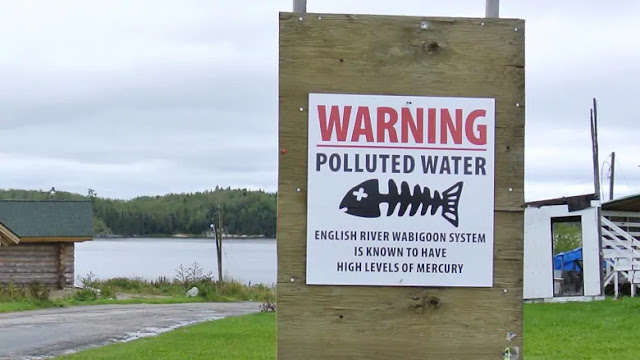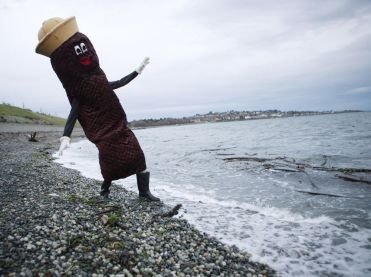 |
| Luna - photo by Junie Quiroga |
At this time of year when it's dark and gloomy and the slow countdown to the winter solstice has begun, lights start to appear throughout the city. But none are brighter or more cheerful than the ones brought to us by the folks at Lumiere who, in collaboration with various business associations, corporate sponsors and media partners, put on an annual event "inspired by light and artistic expression" at English Bay. It started in 2015 with the sudden appearance of Luna, a 7 metre long by 2.5 metre high metal sculpture with 6,000 LED bulbs made by MK Illumination. Inspired by the well known orphaned orca whale that lived in Nootka Sound, Luna reminds us of all the whales living in the waters around Vancouver.
 |
Eugenia - photo and video by Junie Quiroga
|
Luna became a regular appearance thereafter and then in 2017 another spectacular installation was added called Eugenia. Paying homage to the oak tree that lived on top of the Beach Avenue residence called Eugenia Place, this artwork has 7,600 colour changing LED lights and was also made by MK Illumination.
Then in 2018 Stanley made his entrance and, standing 13 ft. tall and sporting 10,320 lights it was quite an entrance. Paying homage to one of the largest Great Blue Heron colonies in North America which have made Stanley Park their home, Stanley is another MK Illumination masterpiece.
 |
| Davie - Photo by Junie Quiroga |
















































